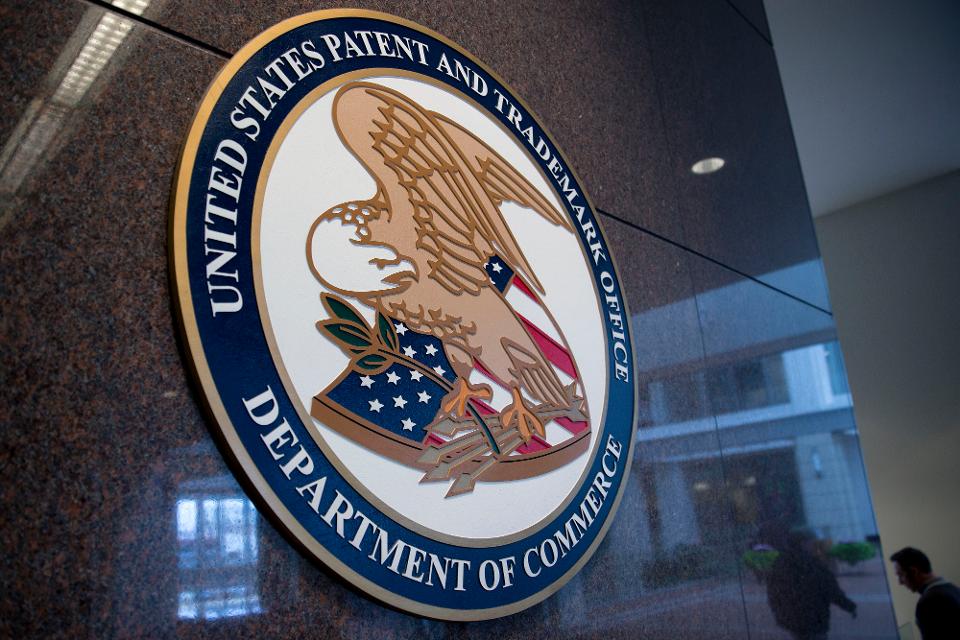Posts Tagged ‘intellectual property’
Token Bonding Curves in Practice – Token Economy
Exploring A Universal Distribution of IP via NFTs + Curation Markets Token Curated Intellectual Property. The goal of the proposed design mechanism is to distribute risk, reward and ownership of intellectual assets and enable market participants to make early research and development stages liquid and tradable. Source: Token Bonding Curves in Practice – Token Economy,…
Read MoreDesire Paths & Markets for Recommendation – Simon de la Rouviere – Medium
By viewing curation markets not as the truth, but as a market for recommendations we can have these protocols serve the users, rather the users serving the protocol: starting tomorrow. In this variation in mechanism design, the aspect of using crypto-economics to curate information serves to produce recommendations, rather than it being regarded as the…
Read MoreVerified Curation Markets & Graduating Token Bonding Curves
One of the struggles of remote, open source coding is that if there’s not a key product manager, it’s hard to figure out how to prioritise tasks. A “Recommendation Market” on issues could be extremely meaningful in this context, allowing participants to rank features, issues and bugs. A maintainer could pick and choose to graduate…
Read MoreIntroducing Curation Markets: Trade Popularity of Memes & Information (with code)!
Curation Markets is a model that allows groups to more effectively coordinate & earn from value they co-create around shared goals. Assume that Truffle (an open source development framework for Ethereum) has an associated curation market. Its users can mint and coordinate around a token that is used to curate new features (in the sub-topic #truffle.features).…
Read MoreIndian State to Launch Blockchain-Based IP Marketplace in Bengaluru
Once a patent is validated by relevant authorities, it will be available for investors to purchase using an inbuilt bidding system. Meanwhile, blockchain technology will ensure transparency and security is maintained at the highest level for the trading of intellectual property.
Source: Indian State to Launch Blockchain-Based IP Marketplace in Bengaluru, Akshay Makadiya, December 2, 2018
Read MoreTwo Major Spanish Public Institutions to Research Blockchain for Copyright Management
The main lines of research will focus on disruptive technologies that address the challenges posed by the volume, diversity and dynamics of change in the use of content in the contemporary digital environment.
Source: Two Major Spanish Public Institutions to Research Blockchain for Copyright Management, Marie Huillet, July 28, 2018
Read MoreHow Can We Make Intellectual Property Rights ‘Smarter’ With The Blockchain? | Forbes
“While the digitization of copyrighted songs themselves is nothing new through platforms such as Grokster, Napster, and iTunes, what is new and very exciting for copyright owners is the vast potential by which blockchain technology may soon be able to create a workable digital footprint that would assist in better enforcement of unauthorized digital uses that continue to proliferate in the wild, wild west of the internet, particularly with respect to social media sites. The blockchain footprint would also be immensely helpful for other artists, filmmakers, producers, and anyone who wants to find information relevant for licensing—the name of the song, the artist who wrote the song, the year it was produced, and who currently owns the rights to the song.”
Without this new and emerging technology, it is nearly impossible for artists and/or their attorneys to easily access this information, even with today’s existing technology. By digitizing IP rights and moving them onto the Blockchain and a distributed ledger, we can effectively secure and protect creators’ rights, while making them publicly accessible, turning them into “smart IP rights”.
Source: How Can We Make Intellectual Property Rights ‘Smarter’ With The Blockchain? | Forbes, Andrew Rossow, July 24, 2018,
Read More






